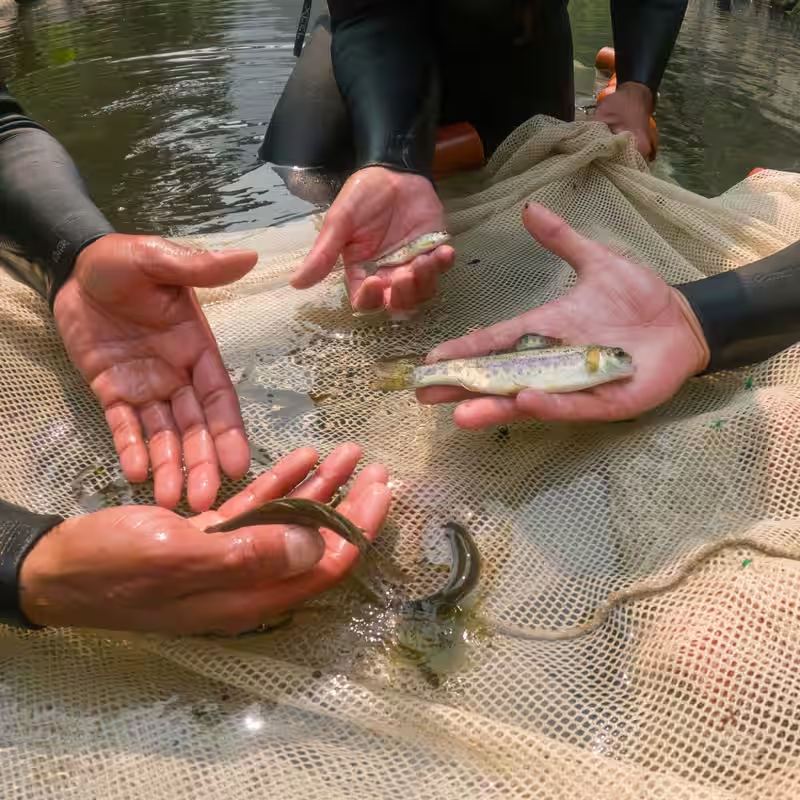Table of Contents
- A Century Without Salmon
- The Dam Removal Milestone
- Salmon Surprise Scientists
- Cultural Revival for Native Tribes
- Challenges Ahead
- Sources
A Century Without Salmon
For over 100 years, the headwaters of Oregon’s Klamath River remained silent—devoid of the Chinook salmon that once teemed through its tributaries. These fish weren’t just ecological keystones; they were cultural lifelines for Native American tribes like the Yurok, Karuk, and Klamath. Their disappearance, caused by a series of hydroelectric dams built between 1912 and 1962, disrupted not only the river’s ecosystem but also centuries-old traditions.
The Dam Removal Milestone
In a historic environmental restoration effort, the final of four major dams on the Klamath River was demolished in October 2024. This marked the culmination of decades of advocacy by tribal leaders, environmental groups, anglers, and local communities. The dams had blocked fish passage for generations, turning once-thriving spawning grounds into inaccessible zones.
Now, just one year later, the river is singing again—with salmon.
Salmon Surprise Scientists
Biologists from the Oregon Department of Fish and Wildlife were cautiously optimistic. Even after the last dam came down, obstacles remained: outdated fish ladders built for trout, not salmon, and a 30-mile stretch through Upper Klamath Lake.
But nature moved faster than expected.
“That was incredible,” said Mark Hereford, a project lead for the restoration effort. “As we were installing tracking cameras in late September 2025, salmon were already swimming through.” One camera even captured a Chinook leaping up an old fish ladder—the first visual proof of their return.
Using radio tags, scientists confirmed that by mid-October 2025, dozens of adult Chinook had reached the river’s headwater tributaries. Conservative estimates now place at least 140 spawning salmon in the upper Klamath—a number that brings tears to those who fought for this moment.
Cultural Revival for Native Tribes
“This is a renewal of our culture that we’ve had for thousands of years,” said William E. Ray, Jr., chairman of the Klamath Tribes. For generations, salmon provided not just food but also spiritual and medicinal significance. “Losing the salmon pecked away at the tribes’ viability,” Ray added.
The emotional return of the fish is more than ecological—it’s ancestral. Elders who spent lifetimes advocating for dam removal won’t see this rebirth, but their legacy swims upstream with every Chinook.
Challenges Ahead
Despite the triumph, the road to full recovery is long. Water quality in Upper Klamath Lake remains poor due to agricultural runoff rich in phosphorus. Irrigation canals also pose a risk, potentially diverting young salmon away from safe spawning streams.
Moreover, funding uncertainty looms. Over $3.1 million in federal grants promised to the Klamath Tribes for restoration—including installing fish screens on canals—has been stalled since November 2024. “That’s not just for the hard restoration work,” Ray emphasized. “That’s also for our crew of tribal members who rely on that for their jobs.”
Still, the momentum is undeniable. After a century of silence, the Klamath River is alive again.




